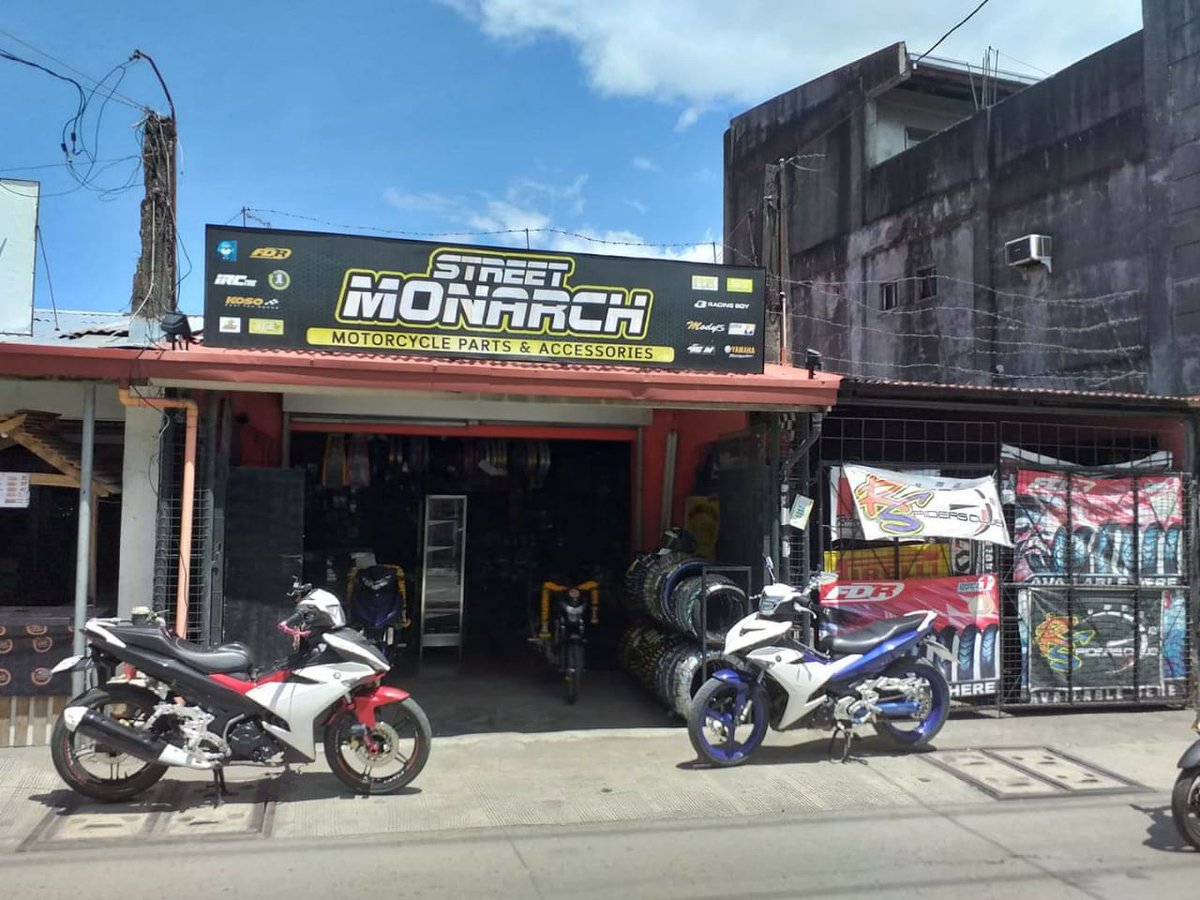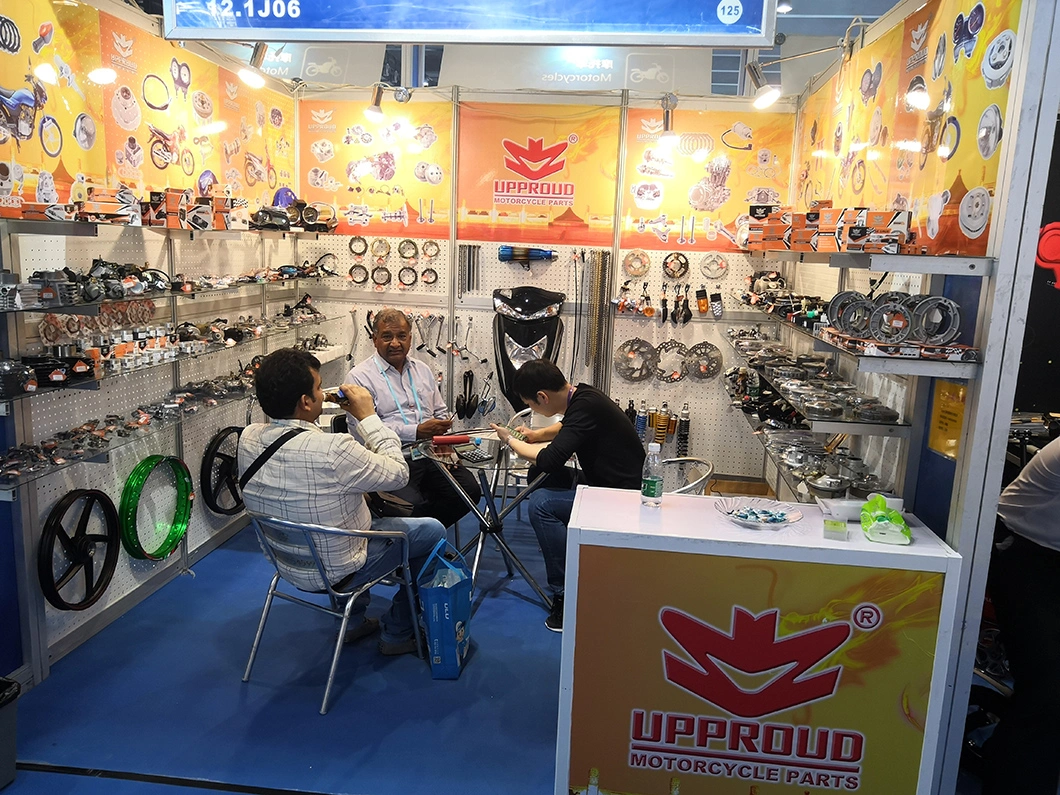Comprehending the Important Parts of a Motorcycle: A Comprehensive Overview for Lovers
For motorcycle lovers looking to raise their riding experience and guarantee their bikes run smoothly, comprehending the essential elements of a bike is paramount. Each aspect, from the engine's detailed workings to the vital role of the braking systems, not just affects performance but additionally safety and comfort. This overview will certainly go through the essential parts that every cyclist should recognize with, allowing informed selections in both upkeep and prospective upgrades. As we begin this exploration, one must ask: just how does each part connect to produce the seamless ride every fanatic seeks?
Engine Components

The camshaft plays an essential duty in managing the timing of the engine's valves, ensuring the accurate opening and closing necessary for reliable gas and air consumption, in addition to exhaust expulsion. This timing is critical to preserving ideal engine efficiency and performance. Furthermore, the carburetor or gas shot system, depending upon the motorbike version, is in charge of blending air with gas in the appropriate proportion for burning.
The cooling system, either air or liquid-based, works to preserve the engine's temperature level within functional limits, avoiding overheating and ensuring longevity - motocross parts nz. Each component, carefully created and incorporated, adds to the smooth procedure of the engine, specifying the motorbike's power result and overall performance
Transmission System
Integral to the motorcycle's performance, the transmission system ensures efficient power transfer from the engine to the wheels. This system makes up a number of crucial elements, including the clutch, gearbox, and final drive, each playing a crucial function in equating the engine's power into motion. The clutch, normally run by a hand bar, serves to engage and disengage the engine from the transmission, enabling smooth equipment modifications and controlled acceleration.
The gearbox, typically referred to as the transmission appropriate, includes a set of equipments that motorcyclists can manually shift through to readjust the bike's rate and torque outcome. These gears are organized in a sequence that allows the motorbike to accelerate smoothly and keep optimum engine efficiency across numerous rates. A lot of motorbikes utilize a consecutive gearbox, calling for the motorcyclist to shift gears in an established order.
Braking Systems
While comprehending the transmission system is key to utilizing a bike's power, equally important is the capacity to control and stop that power successfully, which is where stopping devices enter into play. Brakes are important for safety and efficiency, offering the biker with the required control to browse different surfaces and conditions. Typically, bikes feature 2 types of stopping systems: disc brakes and drum brakes.
Disc brakes are a lot more widespread in modern motorbikes due to their superior performance. This system uses far better warmth dissipation, consistent performance, and improved quiting power, especially in wet problems.
Alternatively, drum brakes, though less typical, are still discovered in some bikes. They work by pressing brake shoes against the internal surface area of a drum affixed to the wheel. While normally much less reliable in warmth dissipation and quiting power, drum brakes are easier and a lot more cost-effective.
Comprehending these braking systems' nuances enables motorcyclists to keep their bikes properly and appreciate the engineering that guarantees efficient and safe stopping.
Suspension and Steering
Suspension and steering systems are vital components that considerably influence a motorbike's handling and trip comfort. The suspension system, containing forks at the front and shock absorbers at the rear, absorbs roadway abnormalities, boosting stability and control. Front forks, inverted or usually telescopic, compress and rebound to minimize influences, while back shock absorbers preserve tire call with the roadway, critical for grip and safety and security.
Steering, focused second hand motorcycle gear around the handlebars, connects the biker to the motorbike's directional control. The guiding head bearings make sure smooth operation, permitting specific maneuverability. Correct positioning and maintenance of these bearings are essential for predictable steering reaction and minimizing motorcyclist fatigue.
The suspension's his comment is here adjustability is one more crucial aspect; preload, damping, and rebound settings allow customization to fit This Site various riding problems and designs. This versatility is vital for optimizing performance, whether browsing urban roads or dealing with rugged routes. Advancements like electronic shock absorber use real-time modifications, enhancing ride high quality across varied surfaces.

Electric Equipments
After guaranteeing a regulated and smooth adventure through effective suspension and guiding systems, interest transforms to the electrical systems, a crucial aspect of modern-day motorcycles. These systems play a critical function not just in beginning the engine but likewise in powering various elements that improve the functionality and security of the bike.
At the heart of a motorcycle's electrical system is the battery, which stores electric power necessary for starting the engine and powering complementary systems - motorcycle shop. The alternator or generator, coupled with the rectifier-regulator, ensures the battery remains charged while the motorbike functions, converting power into electrical power and preserving voltage levels
The ignition system, an additional critical part, is accountable for sparking the air-fuel mixture in the engine's cylinders. Modern motorcycles typically make use of a digital ignition system, supplying greater efficiency and dependability compared to conventional systems.
Illumination systems, including headlights, tail lights, and signs, are likewise crucial, making certain presence and safety for the biker. Extra electronic components such as sensors, control units, and displays contribute to advanced features like fuel injection management, anti-lock braking systems (ABDOMINAL MUSCLE), and digital control panels, further enhancing the riding experience.
Final Thought
A detailed understanding of a motorcycle's important components, including the engine, transmission system, braking mechanisms, suspension, steering, and electric systems, is vital for lovers aiming to optimize performance, security, and comfort. Proficiency of these aspects permits notified choices concerning maintenance and upgrades, inevitably enhancing the riding experience. By integrating this understanding, cyclists can ensure their bikes operate at peak effectiveness and reliability, consequently taking full advantage of both satisfaction and longevity of their automobiles.
For bike enthusiasts looking to raise their riding experience and guarantee their bikes run smoothly, comprehending the important elements of a bike is critical.Important to the motorbike's functionality, the transmission system guarantees effective power transfer from the engine to the wheels.While recognizing the transmission system is key to taking advantage of a motorcycle's power, equally crucial is the capacity to control and stop that power successfully, which is where stopping devices come right into play. Generally, motorbikes feature two types of braking systems: disc brakes and drum brakes.
A complete comprehension of a bike's necessary components, including the engine, transmission system, braking mechanisms, suspension, steering, and electrical systems, is essential for lovers aiming to enhance security, efficiency, and convenience.